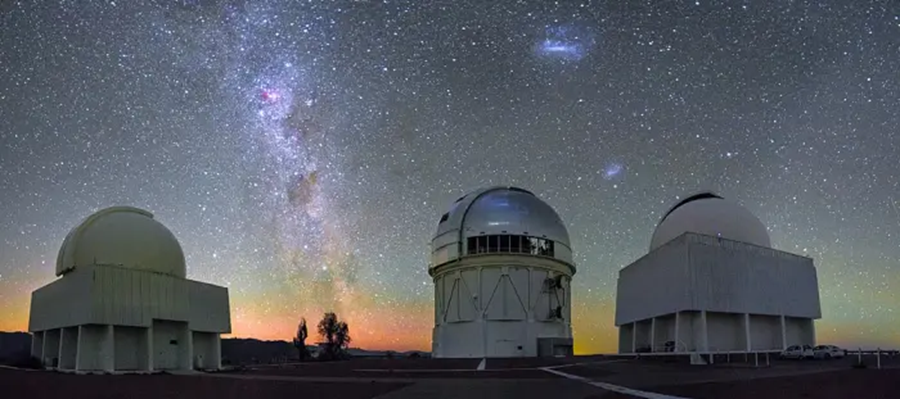MI weekly selection #599

Magma chambers influence composition of Mars’ crust
A study explores the history of magma chambers on Mars, revealing how these chambers evolve over time. Numerical modelling indicates that early Mars had higher temperatures, allowing upper crustal chambers to last longer, feeding surface eruptions.
Full Story: Eos
Complete ape genomes offer insights into human evolution
Researchers have sequenced the complete genomes of six nonhuman ape species for the first time, uncovering between 770 and 1,482 potential new genes per species and unusual DNA structures. The achievement, using advanced sequencing techniques and algorithms, offers valuable insights into human evolution and genetic differences.
Full Story: Nature
US maternal mortality rises 27%
US maternal mortality rose 27% from 2018 to 2022, with rates rising from 25.3 to 32.6 deaths per 100,000 live births. The analysis, which looked at deaths up to a year postpartum, identifies cardiovascular disease, cancer and mental health issues as the top causes of late maternal deaths. The study also highlights racial disparities, with American Indian and Alaska Native women facing rates 3.8 times higher than white women, and Black women facing rates 2.8 times higher.
Full Story: STAT
Denisovan jawbone found in Taiwan offers new insights
A Denisovan jawbone discovered in Taiwan provides new insights into the ancient human species. The discovery confirms that Denisovans were widely distributed across eastern Asia, enhancing understanding of their migration and physical characteristics.
Full Story: ScienceAlert
Nearby dwarf galaxies are engaging in gravitational battle
The Small Magellanic Cloud, a nearby dwarf galaxy, is being torn apart by the gravitational pull of the Large Magellanic Cloud, another dwarf galaxy. Researchers found that the Small Magellanic Cloud isn’t rotating as previously assumed, which could mean its mass has been miscalculated.
Full Story: BBC Science Focus